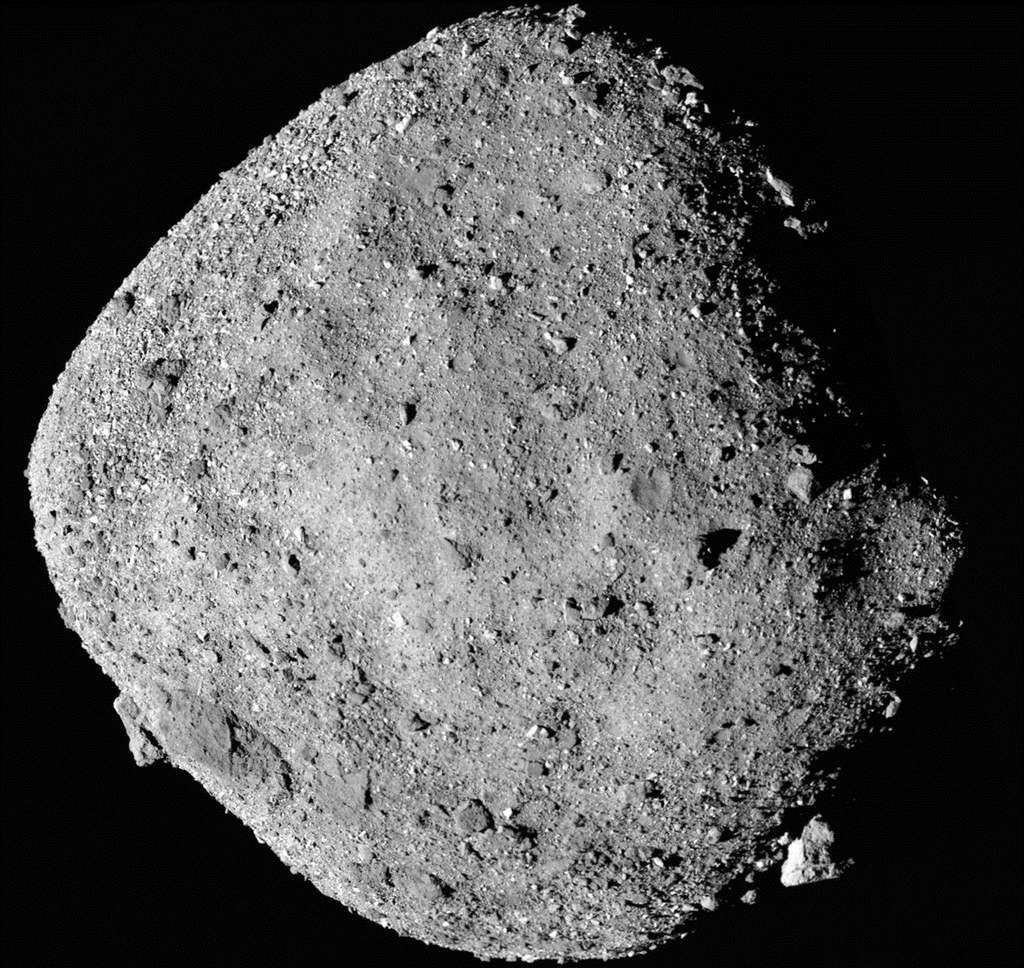NASA’s OSIRIS-REx mission is nearing its objective — the asteroid Bennu.

The mission aims to sample at least 60 grams (2.1 ounces) of material from the asteroid 101955 Bennu and was launched in 2016. The craft itself has spent the last four years in transit to its objective and is expected to touch down on October 20, according to the agency.
If successful, OSIRIS-REx (which stands for Origins, Spectral Interpretation, Resource Identification, Security, Regolith Explorer) will be the first U.S. mission to return from space with samples of an asteroid.
Parking far from home
“Years of planning and hard work by this team are essentially coming down to putting the TAGSAM (Touch-And-Go Sample Acquisition Mechanism) into contact with the surface for just five to 10 seconds,” said Mike Moreau, OSIRIS-REx deputy project manager.
In that short span of time, the craft will collect samples of rock and dust to bring back home for researchers to analyze. They hope to find more information on the early days of the solar system locked inside its chemical and geological make-up. Ideally, Bennu’s barren, rocky surface can help us better understand how planets and life came to be — including whether asteroids had anything to do with ‘seeding’ the building blocks of life on Earth.
NASA has chosen a spot some 16 meters (52 feet) in diameter called Nightingale as their landing spot. This will also serve as the sampling location. It was chosen because it’s the largest area we could identify that looks clear of debris, and was thus one of the best places where the craft’s robotic arm actually has a chance of retrieving the samples we need.
Still, this poses a challenge. The spacecraft is about the size of a van, and the space isn’t particularly large. Due to the distance between Bennu and Earth, any messages sent between them would need around 18.5 minutes to transmit. As such, the landing procedure will be performed autonomously.
Hopefully everything goes well. If it does, the lander should bring its samples back home sometime in late September, 2023.









